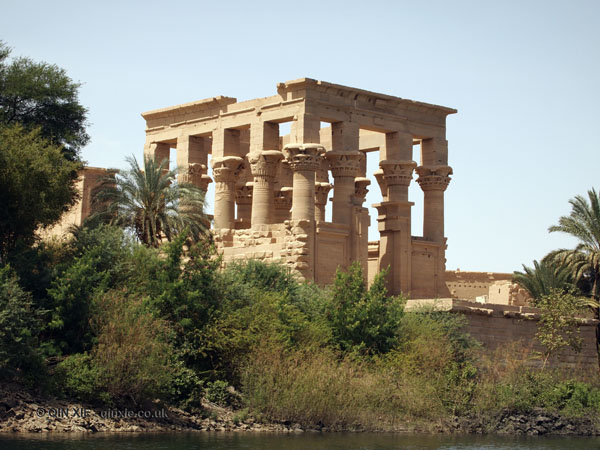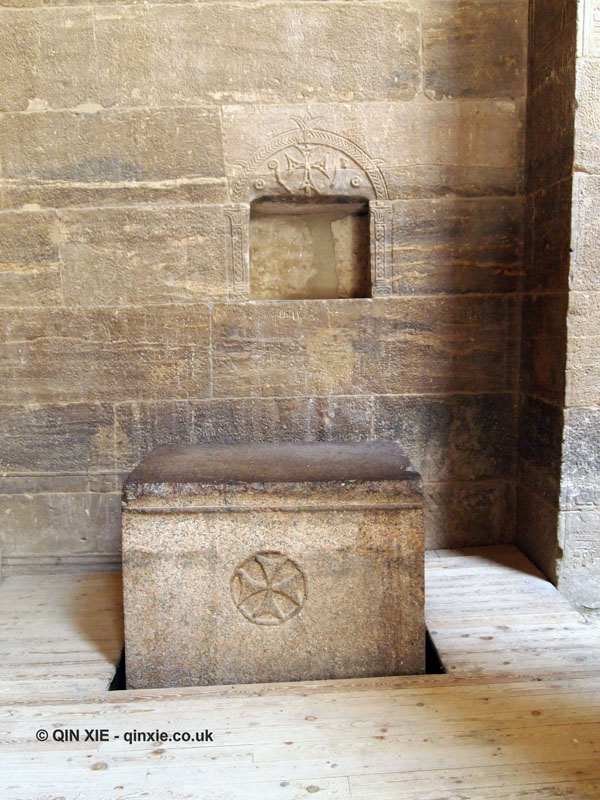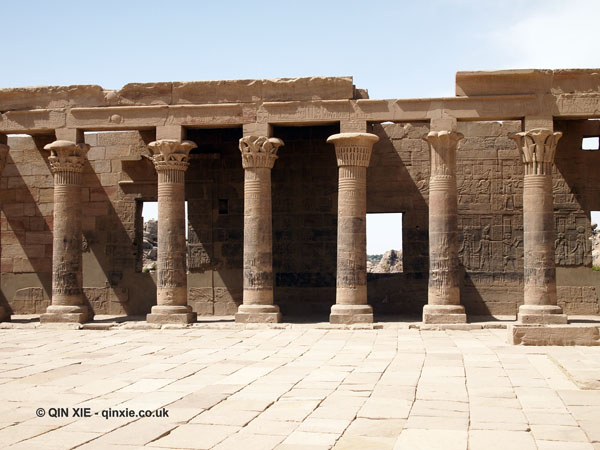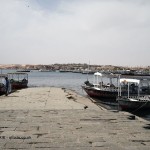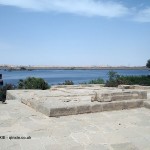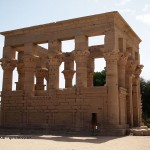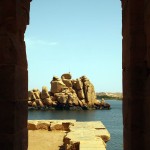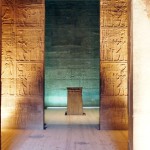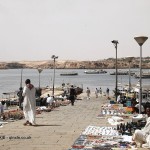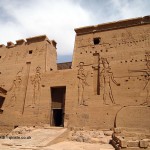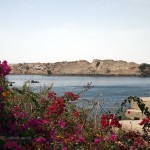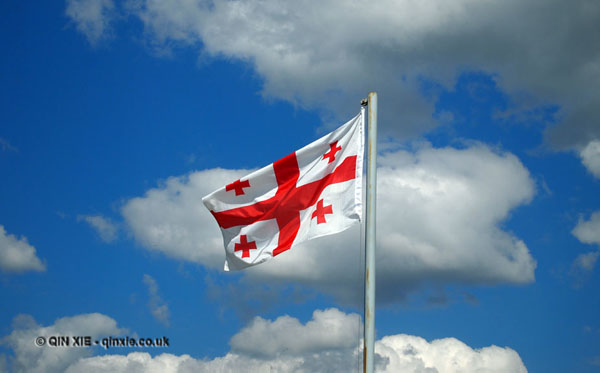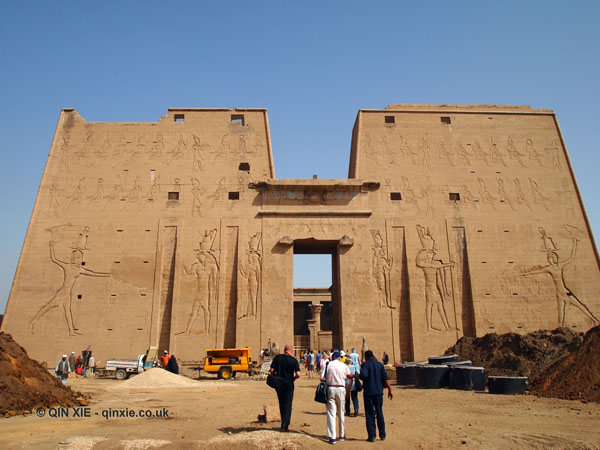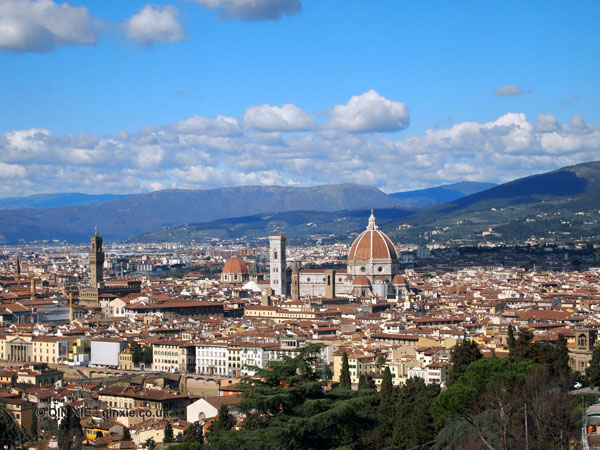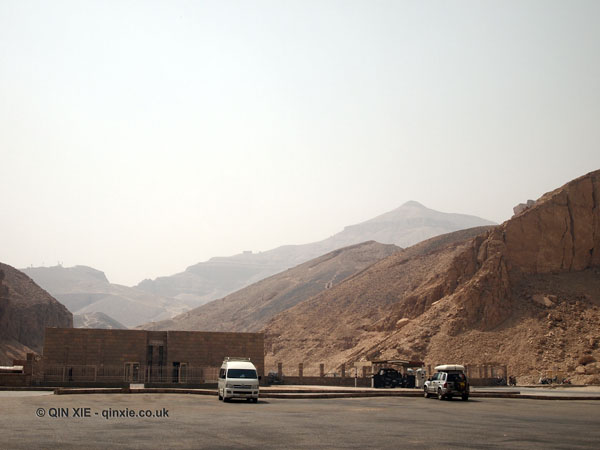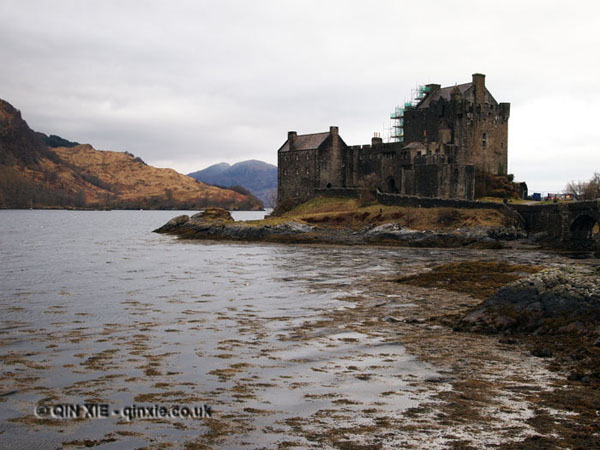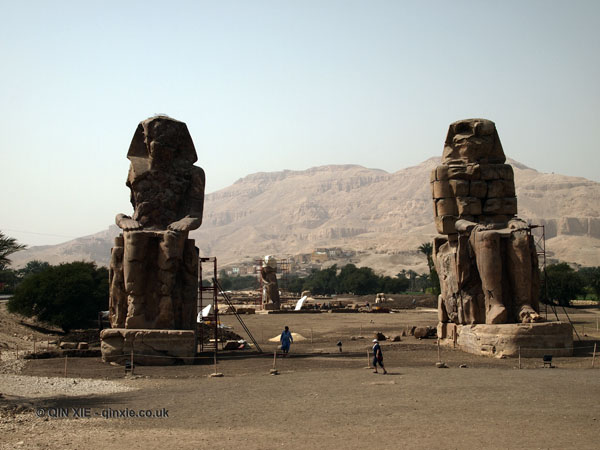Philae Temple, Lake Nasser
Culture Explorer uses affiliate links, including those from Amazon, which are identified using an *. If you buy something through the link at no extra cost to you, Culture Explorer may be paid a commission, which helps to fund running of the site. You can read more about this here.
This post is part of the collection from Classic Egypt – a trip up the Nile
Philae Temple, accessible by boat only, was the last temple on my Nile cruise and perhaps the most modernised for tourists.
The construction of the Aswan dams meant a rise in water levels, which in turn meant a number of islands would become submerged. The original island that Philae Temple was on was one of these islands.
With the help of UNESCO, the contents of the entire island were shifted to a nearby island – originally called Agilkia – in the 1960s. A similar project was also carried out for Abu Simbel, which was moved further up river, to the last stop before Sudan.
As well as the reconstruction of the temple on the new Philae Island, an outdoor theatre was also built. It is here, at night, that the island now hosts a sound and light show.
The temple itself already bears marks of previous generations.
In one spot, an altar was created by the early Christians, complete with a Coptic cross, as they had used the site as a church.
I also got the sense that some of the architecture had adopted the Ptolemaic influences – including temples which were more reminiscent of Ancient Greece.
Sailing around the island, you get a real sense of the shift of time. This was a new era for ancient Egypt.
